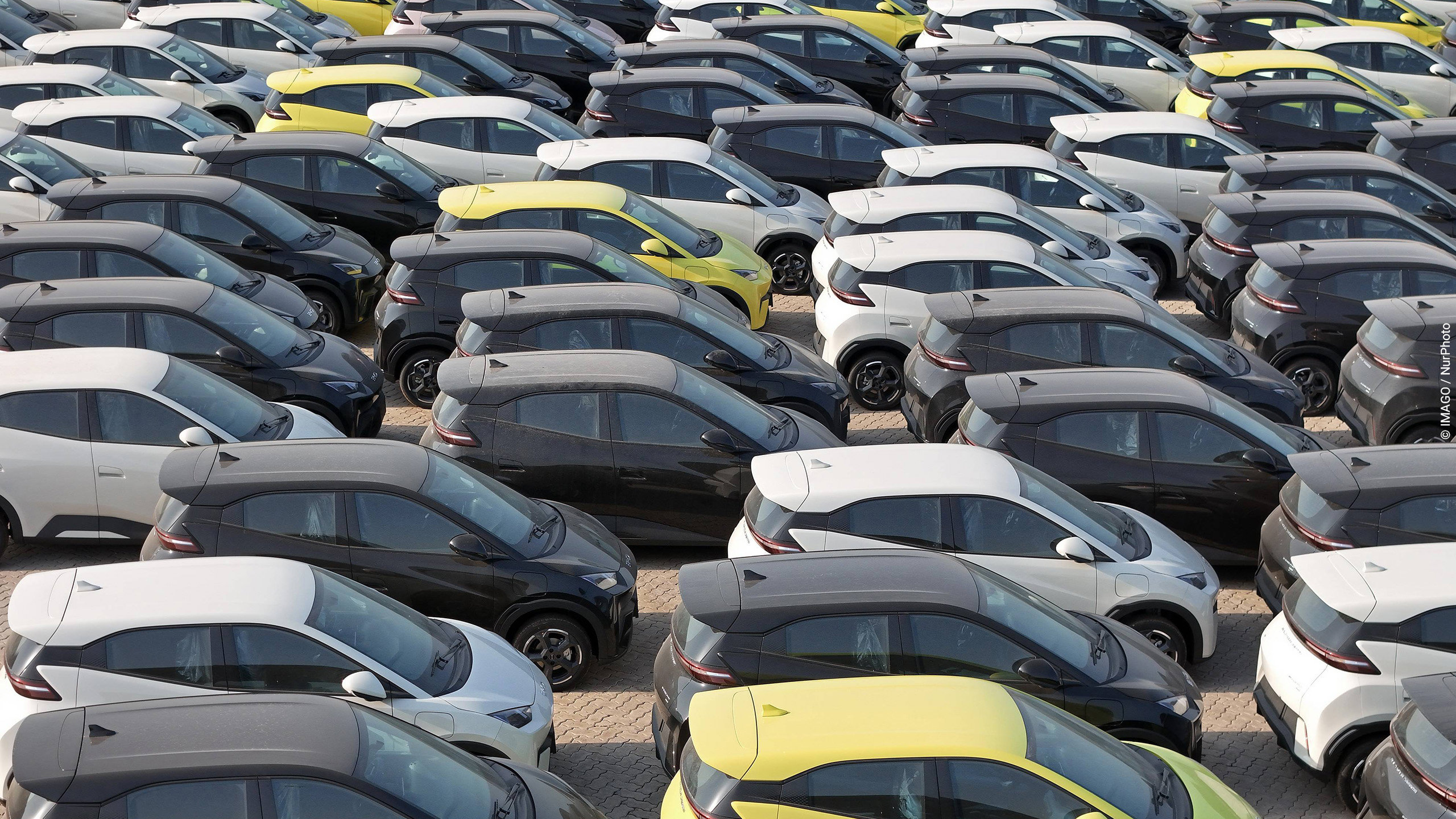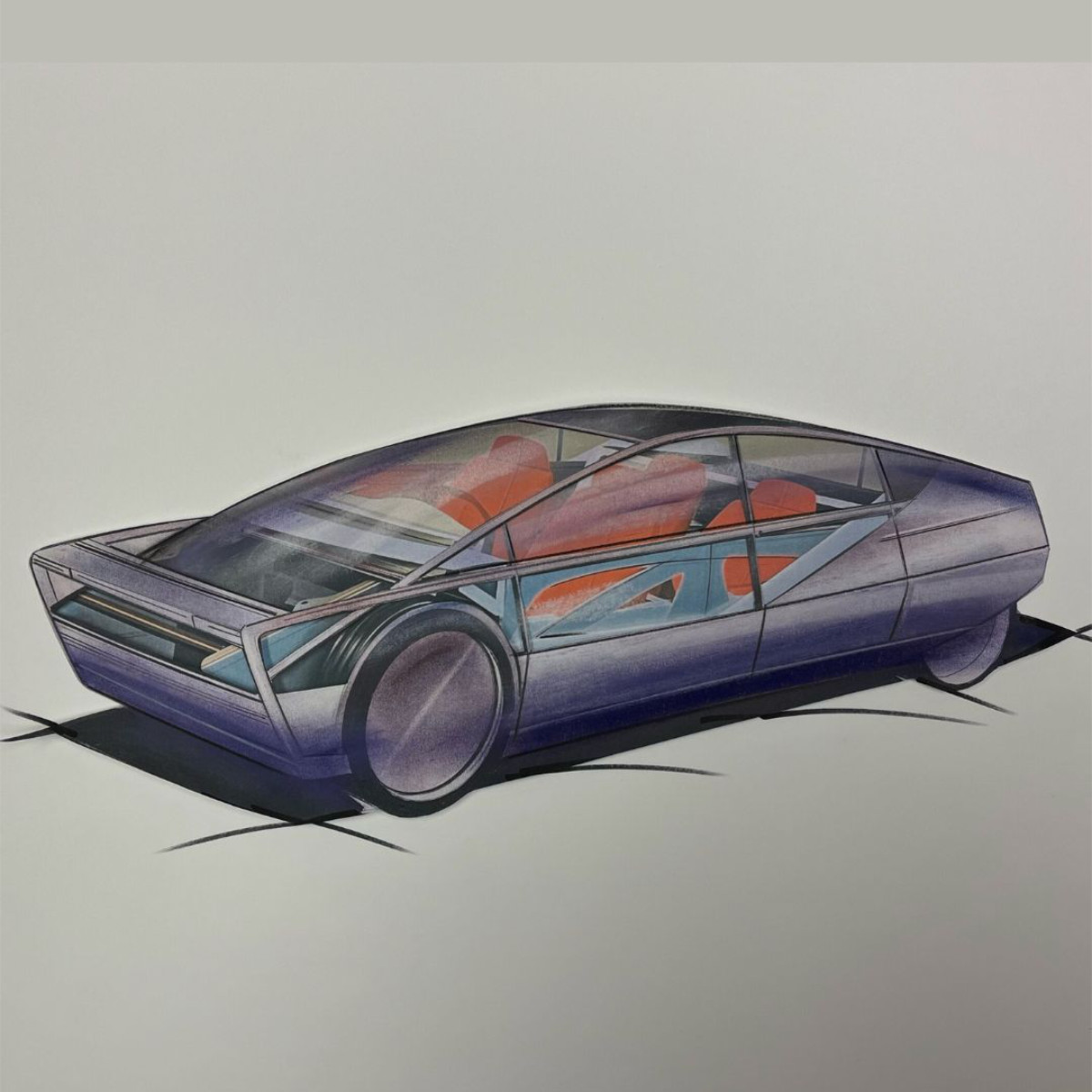Reading time: 8 minutes
Where electric cars are welcome

Electric cars are concentrated in just a few markets
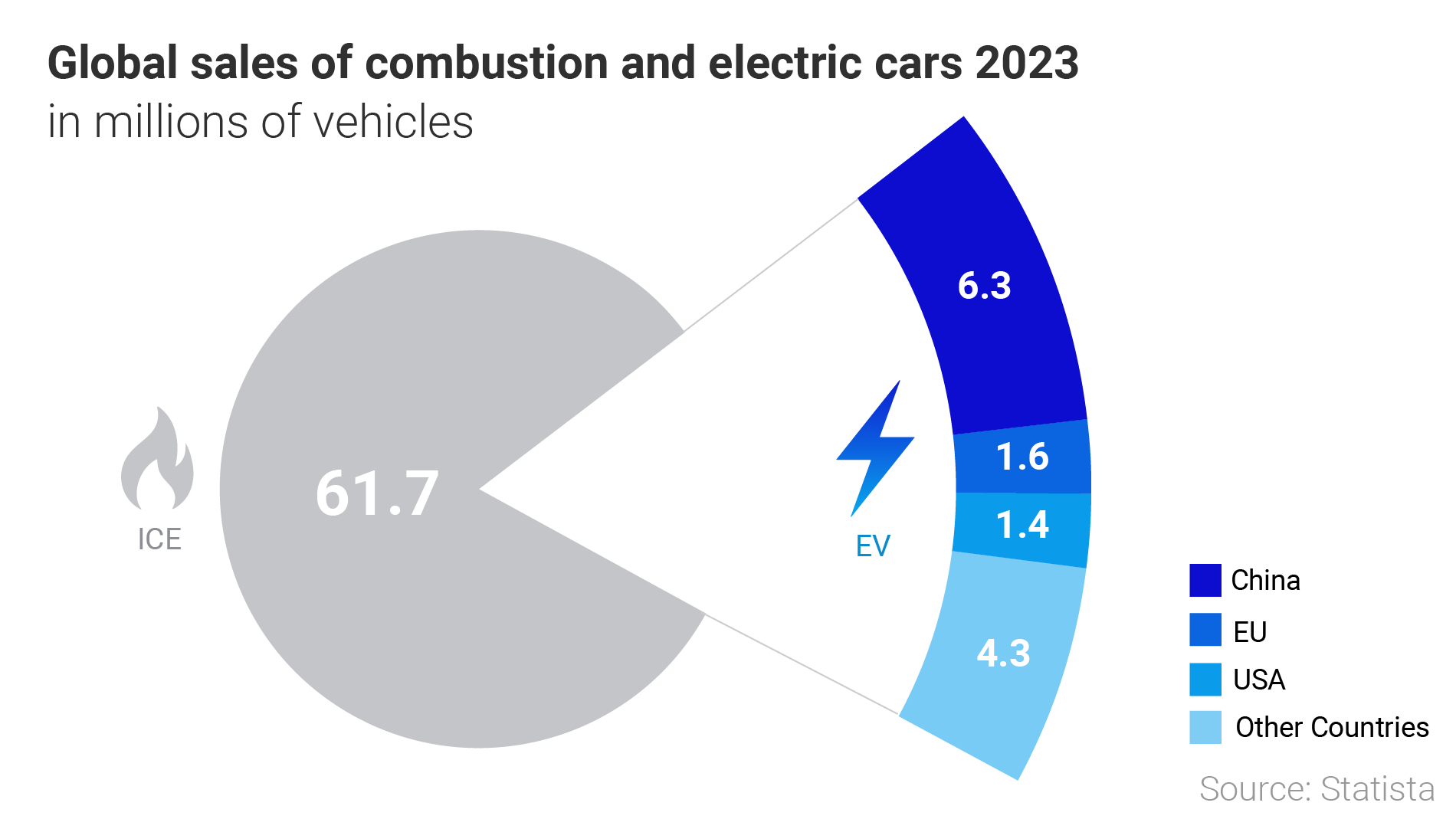
Worldwide sales of car models totalled around 75.3 million vehicles in 2023, an increase of nearly 12% compared to 2022. 13.6 million of these were electric vehicles, known as EVs for short. Although the number of EV sales is increasing across the world, they are still concentrated in just a few markets. More than one in three cars registered in China were electric in 2023, whereas this figure was one in five in Europe and under one in ten in the USA. In other highly motorised countries such as Japan and India, sales are growing slightly but remain at a low level.

The main drivers in the markets are low battery costs, the 5G roll-out and new business models such as ‘ Battery as a Service ’. Governments are attempting to meet emissions goals and have established various incentive schemes when it comes to the sale of EVs. In China, for example, purchasing an EV is tax-free and its ‘ New Energy Vehicle (NEV)’ industry is regarded as a key factor for growth. Tax advantages and purchase incentives are also popular means of state support in the EU.
China’s NEV industry is on the cusp of entering the global market
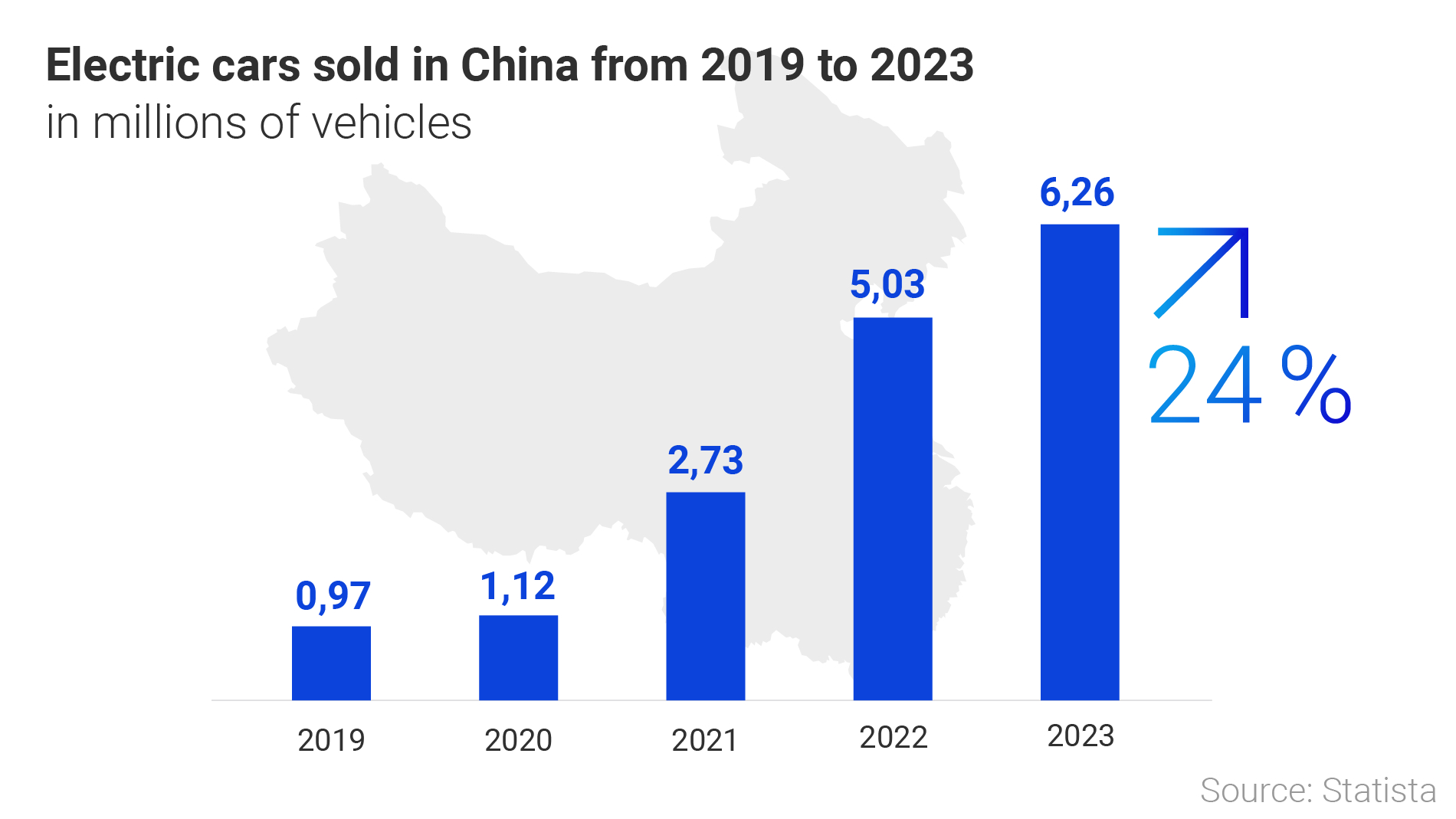
China is the world market leader and manufacturer BYD is the world’s most successful EV brand. With around 3 million battery electric cars (BEV) and plug-in hybrids (PHEV) sold in 2023, the Chinese manufacturer was ahead of Tesla, which sold 1.8 million vehicles – thanks to the hybrid vehicles in the BYD range, while Tesla exclusively sells purely battery-driven cars. China’s strength can be explained by the huge, regulated and initially heavily subsidised domestic market, which has, over the past ten years, led to the development of the NEV market comprising more than 300 manufacturers across the country.

In addition to BYD, SAIC, Nio, Xpeng Motor and Geely are the best-known brands. These are gradually coming to Europe and cooperating with the aftermarket here. Domestically, momentum in the market is being created thanks to good infrastructure, such as the world’s largest network of charging stations and ever new ways of promoting e-mobility, such as the recent ‘scrappage premium’ for those switching from combustion engines to electric cars.
The EU wants to become climate-neutral by 2050

The EU aims to be the first climate-neutral ‘ continent ’ by 2050. Transport accounts for 25% of EU greenhouse gas emissions. Germany and France will play a key role in the transport revolution as they are the biggest producers and sales markets for EVs within the EU. According to estimates by Frost & Sullivan, there is a risk that Germany will fall back to 27th place in terms of attractiveness for e-mobility due to discontinued subsidies and high energy prices. In France, the government, industry and trade unions are pushing a 1.5 billion euro production pact intended solely to support domestic producers.
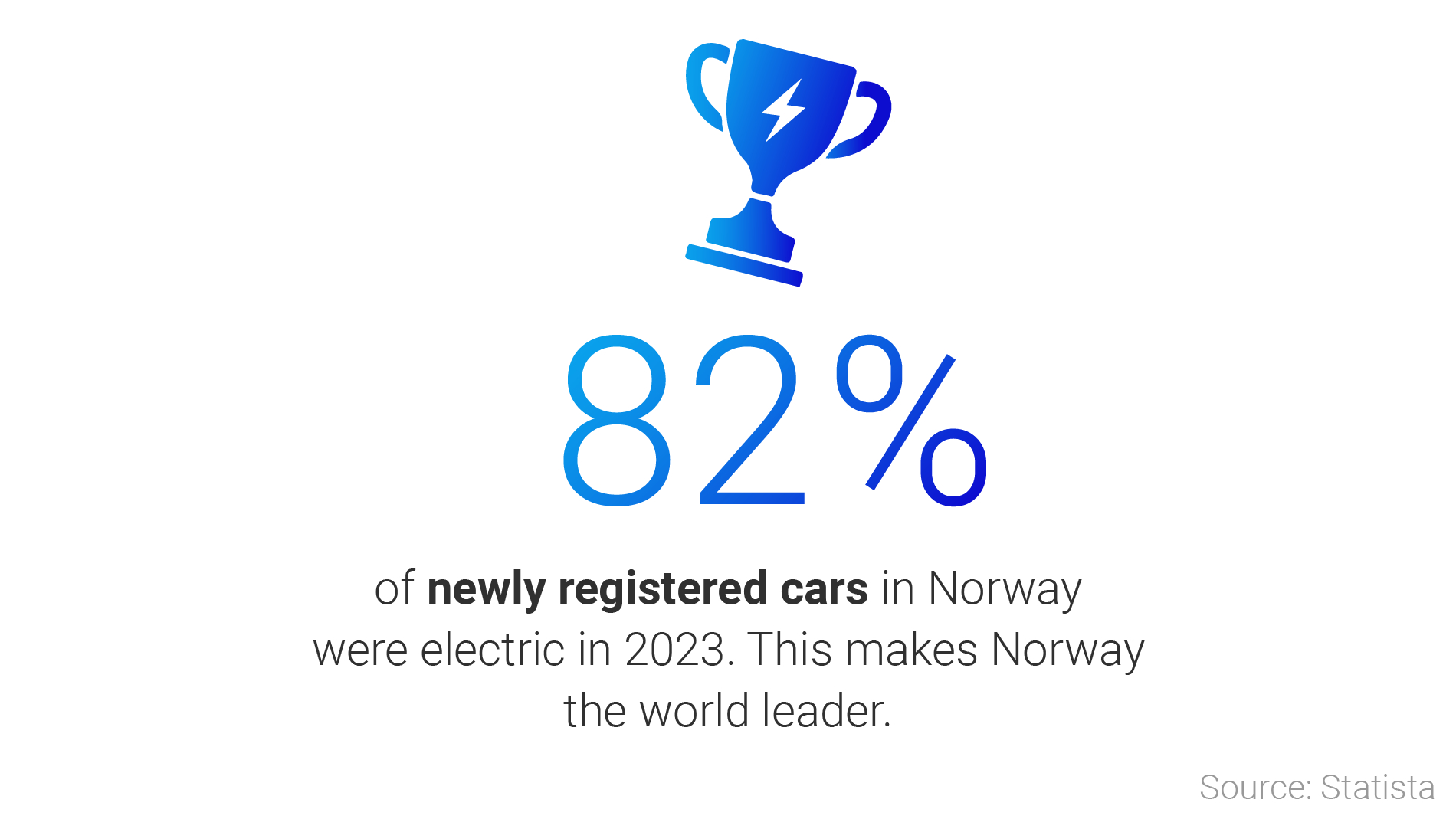
The Scandinavian countries are proof that long-term promotion pays off. In the exceptional market of Norway, the proportion of new electric cars registered in 2023 was 82.4%. This was the result of an electric initiative that was launched back in the 1990s, combined with the keen sense of innovation and environmental awareness amongst the population. In second place in terms of market share is Iceland with 50% EVs, followed by Sweden (39%), Denmark (36%) and Finland (34%). The governments of these countries have also had a long-term focus on e-mobility and have created incentives and built up the infrastructure.
In the United States, e-mobility is ‘democratic’
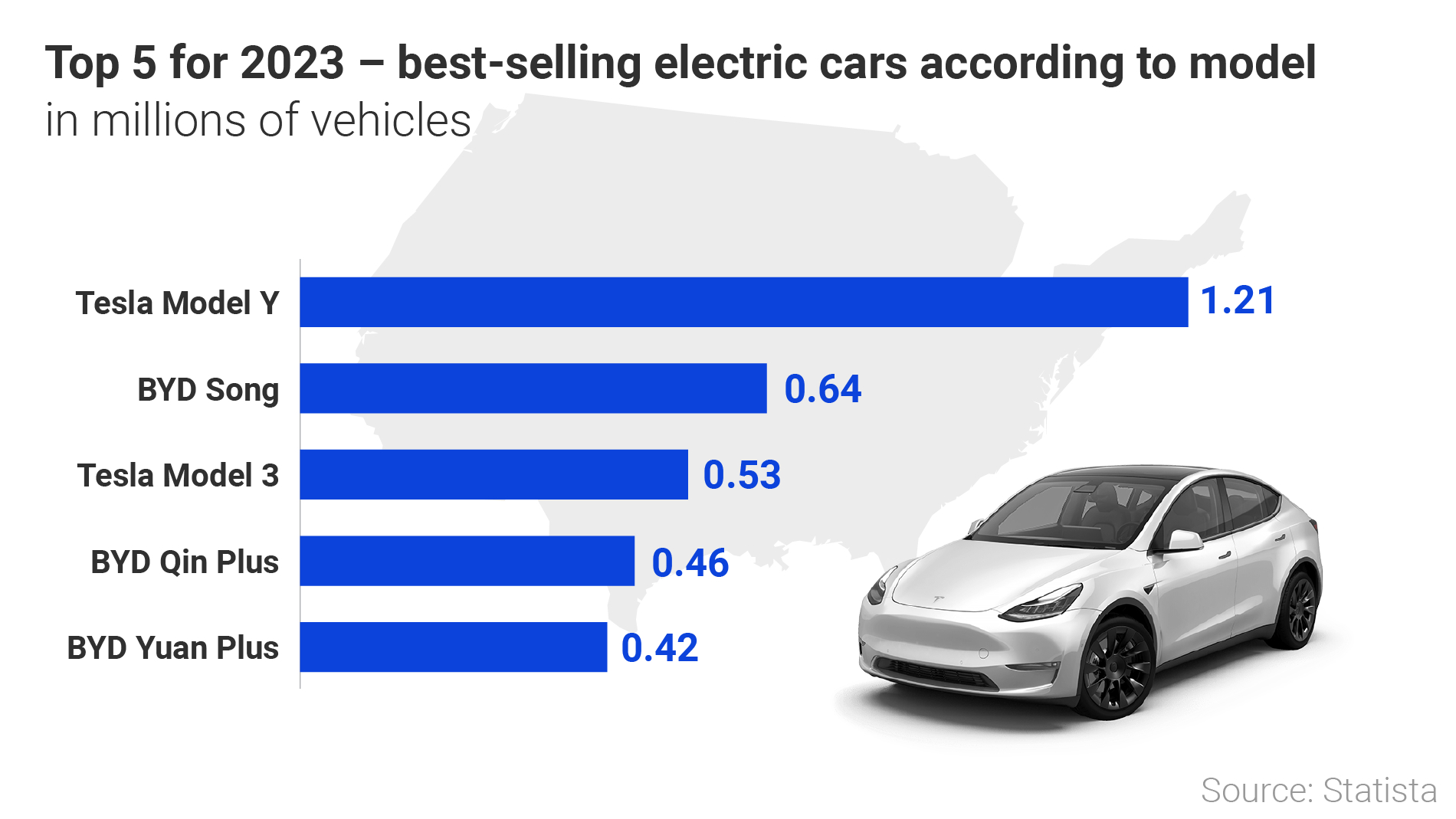
Tesla’s Model Y was the most-sold EV in the world in 2023, but the ‘Tesla effect’ seems to be a lot stronger elsewhere than it is in the domestic US market: 1.2 million electric cars were sold in the USA in the last year, but the proportion of new registrations is low at 7.6%. This is set to change soon because the US government has introduced strict requirements. From 2032, 60% of all new registrations from every manufacturer must be fully electric, although hybrid drivers and other drive forms may yet reduce this proportion. Joe Biden’s government has been working on these measures since he took office in 2021 and they were preceded by lengthy negotiations with the powerful automotive trade union United Auto Workers (UAW).
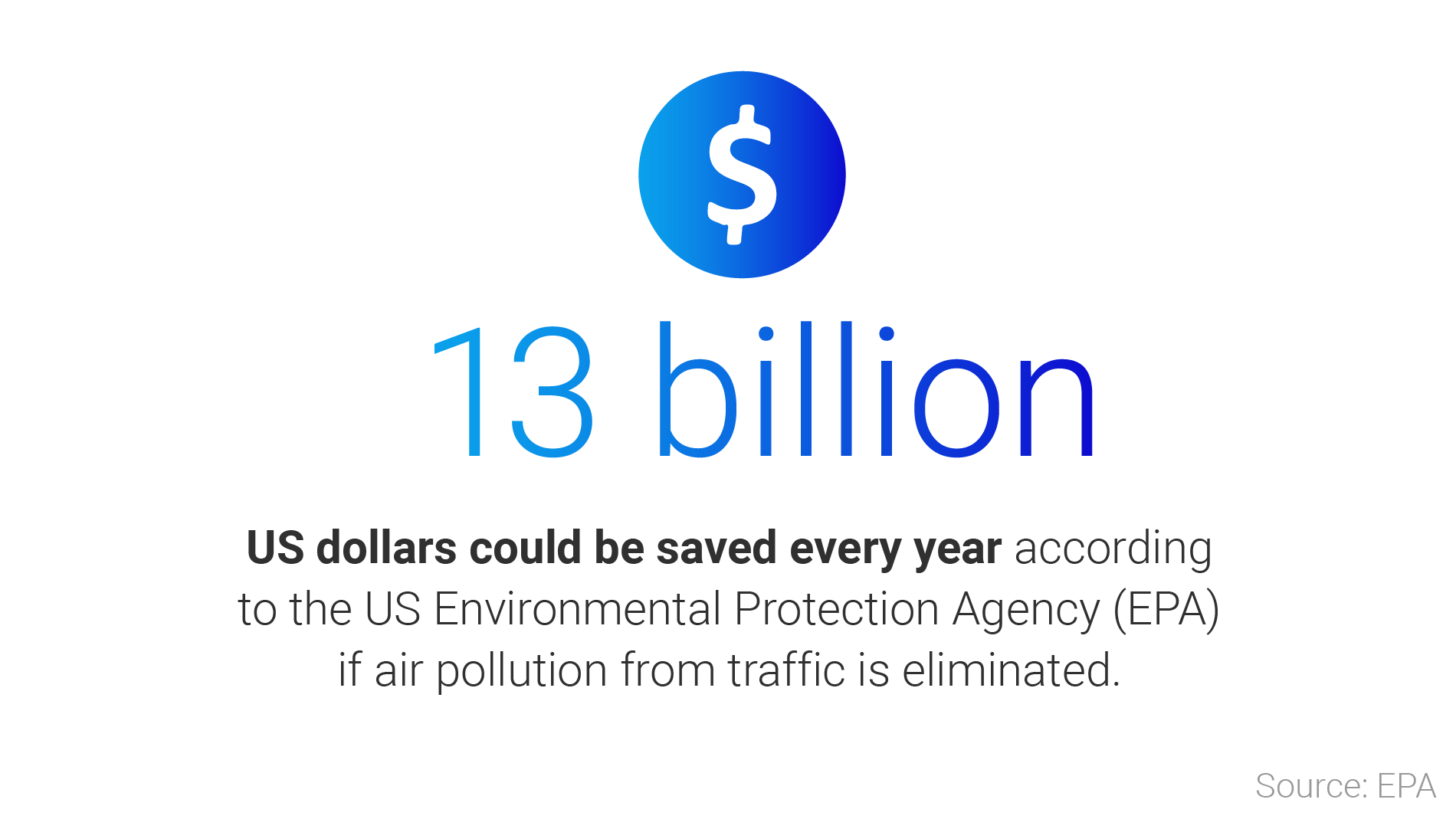
In addition to the positive consequences for the climate, the transport sector is responsible for around a third of all CO2 emissions in the USA. The environmental agency EPA also emphasises the financial benefits: EV drivers would save around 6000 US dollars over the lifetime of the vehicle compared to a combustion engine. The state would have to spend 3 billion dollars less on the healthcare system each year because fewer Americans would become ill thanks to lower air pollution levels. However, if Donald Trump wins the election on 5 November, the measures will likely be scrapped given that he is a vocal opponent of electric mobility.
In emerging countries, electric is coming to two and three-wheeled vehicles

The sales of electric cars continued to increase in emerging and developing countries (EMDEs) outside China in 2023 but still remained low overall. Privately-owned cars are less important here than collective transport, minibuses and two or three-wheelers (2/3W). Electrifying these will be crucial to reducing emissions. India’s EV market, for example, achieved around 1.7 million sold vehicles, 87% of which were two or three-wheelers. In relative terms, however, electric cars will enjoy growth of 80% in 2023/2024 compared to the previous year. In Thailand, registrations of electric cars have more than quadrupled year-on-year to almost 90,000, achieving a sales share of 10%, which is comparable to the United States. The drivers behind this include new subsidies for domestic battery production, lower import and consumption taxes and the growing presence of Chinese car manufacturers. In Latin America, sales of electric cars in 2023 reached almost 90,000, with Brazil, Colombia, Costa Rica and Mexico leading the way. In Brazil, the number of newly registered electric cars has almost tripled compared to the previous year at over 50,000, corresponding to a market share of 3%. The growth in Brazil was supported by the entry of Chinese car manufacturers to the market, including BYD with its Song and Dolphin models, Great Wall with its H6 and Chery with its Tiggo 8, which immediately became one of the best-selling models in 2023.
